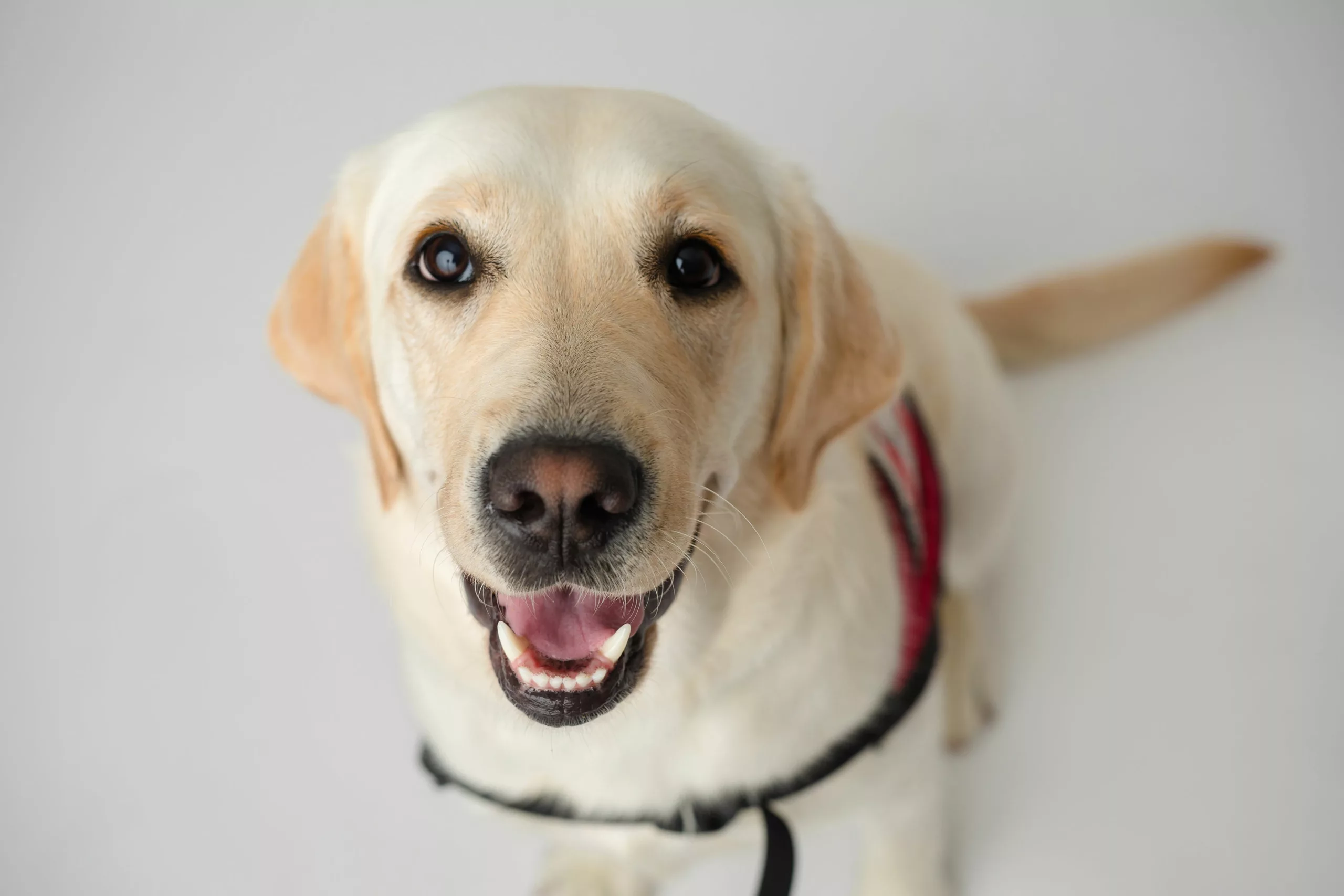Our senses help us to respond and react to things that are happening around us. Our sense of hearing, specifically, helps keep us safe by allowing us to hear sounds, such as smoke detectors, sirens and other alarms. Those annoying shrill beeps and blaring sirens tell us to watch out. Kristen misses those sounds, since she is unable to hear most of them. She has experienced progressive hearing loss since she was 3 years old and has now reached a profound loss level. She relies on her family to let her know when noises were alerting them to danger, a …
News
A New Partner with a Ripple Effect
At 18 years old, Amy was partially diagnosed with a mixed connective tissue disease; her symptoms of rash, joint pain and foot drop mimicked several other conditions. Two years later, she started having facial muscle spasms that became more severe. She would have daily episodes that looked like a grand mal seizure, and spasming on her mother’s bedroom floor was a frightfully common scene. Pain, cold or loud noises mean an exaggerated startle for Amy, and her disorder causes her body to have involuntary muscle spasms in response. Treatments have focused on managing her multiple symptoms, and she’s had to …
A New Friend to Make Friends
Carson is a 9-year-old boy who, like most boys his age, can be hard to keep still with his growing sense of being invincible. His excitement is contagious, his is energy exuberant, even with the diagnosis of autism. If living with a disability means having limitations, no one told Carson, who celebrates the world he sees but sometimes finds overwhelming. His mother, Jennifer, says she had noticed that he lost speech and wasn’t hitting milestones when he was 18 months old. He showed some emotions and thrived as a happy child but was unable to play or interact with other …
Special Poodle Sheds Light on Life
Losing independence can be a tremendous and challenging adjustment for anyone. Dan is no exception. In 1998, a stroke caused paralysis of Dan’s right side. With determination and hard work, though, he jumped into physical therapy and continues to strive for consistent improvements. With his wife Natasha by his side, Dan does his best to remain active and still enjoy retirement, but the challenges of limited mobility caused by his stroke are a constant threat to his health. Worth the Wait After a neighbor who volunteers for Can Do Canines told Dan that assistance dogs may be a huge benefit …
Qeen Offers Keen Hearing Assistance for Janet
Being born deaf means making adjustments in most aspects of life, and Janet from St. Michael, has handled things head on with boldness and grace. In 1997, her first Hearing Assist Dog, Tiger, joined her family, and for 13 wonderful years, he alerted her to sounds of the world around her. After Tiger’s passing and a divorce in 2011, Janet’s life became complicated. “Things became difficult without Tiger, “Janet says, “I had to thrive to the best of my abilities with some assistance from my daughter.” It was hard for Janet to rely on people to let her know the …
Dogs Are a Girl’s Best Friend
Katie is an active young lady who has been living with constant seizures for over nine years since she was diagnosed with epilepsy. Some of her seizures look like she’s in a brief trance, but others cause her to become immobilized other than involuntary muscle spasms. Katie has many tools that help her cope with seizures enough for her to live independently, but she still lives with the debilitating condition and has been seeking any sources of relief available. She has medications, personal connections and instructions with the local Emergency First Responders, as well as a special device. The device …
A Paige for Help
A diagnosis and the treatments offered for it may affect each person differently. One of the many incredible things about assistance dogs is that they are often able to help with a wide variety of symptoms that the condition causes, and therefore help a wider spectrum of patients. Parkinson’s disease is a neurological disorder that affects the central nervous system, causing motor and non-motor symptoms, but it looks different for everyone living with it. Kent’s Parkinson’s disease affects his mobility and balance, and not all procedure options would have been helpful for his symptoms. These symptoms challenge his safety every …
A Quiet Friend to Help Jackson Find His Voice
It takes a very special dog to see someone who is upset and calmly enter their space of distress to comfort them. Children with autism, like Jackson, need these dogs to help them handle the overabundance of stimulation that surrounds them. In 2014, Jackson was diagnosed with Autism Spectrum Disorder after his parents and doctors became concerned that he wasn’t exhibiting the same behaviors as other toddlers. As he spent more time in social settings, it became apparent he would require specialized support to keep him safe and happy. Jackson would often run away from people or act impulsively, not …
A Bigger Dog Comes With a Bigger Heart
Greg Lawson always loved to travel and was able to as a flight attendant and travel agent for many years. After moving to Minneapolis and meeting his partner, Ray, he continued to travel for fun. Then Type 2 diabetes caused serious complications in his health. Diabetic neuropathy has taken away Greg’s ability to feel his feet or stand and walk since 2005. He uses a powerchair to maneuver around, but when he drops things, he is unable to reach the ground to pick them up. Oreo was Greg’s first Can Do Canines Mobility Assist Dog, who recently passed away. Knowing …
When Equipment Failed, a Dog Succeeded
Staying active and independent is a goal for most adults, but for some, life’s challenges can disrupt those goals. Like most young adults, Jack has big ambitions and works full time while making plans to return to school to further his education. A life with progressive hearing loss all has made that more difficult. As an infant, Jack was diagnosed with mild hearing loss, but doctors were uncertain of the cause. He had a hard time finding the proper hearing equipment to improve his hearing, causing his hearing to further decline. Now he has profound hearing loss and is unable …





